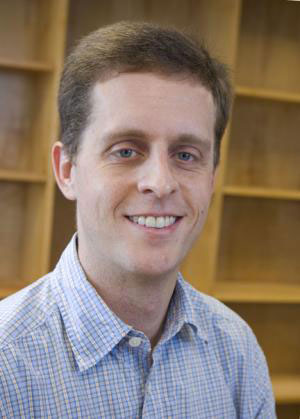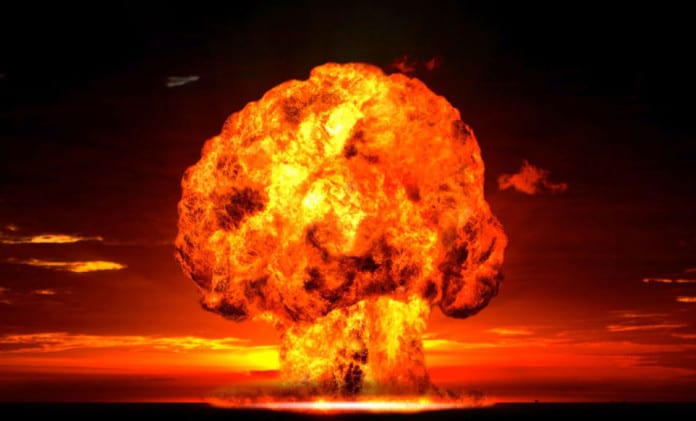Erik Sudderth – Computer Scientist develops software to detect nuclear weapon tests
A computer scientist in the US has developed a software that can help detect illicit nuclear weapon tests undertaken by terrorist organisations or other non-state actors across the globe.
When North Korea conducted its recent nuclear weapon test, the blast had been detected by a global seismic sensing network operated by the Preparatory Commission for the Comprehensive Nuclear-Test-Ban Treaty Organisation (CTBTO).
The network called the International Monitoring System, aims to “make sure that no nuclear explosion goes undetected.”
A machine learning system called Vertically Integrated Seismic Analysis (VISA), developed by Erik Sudderth, assistant professor at Brown University in the US, helps find those difficult-to-detect events.
The Vertically Integrated Seismic Analysis (VISA) can reduce the number of missed events by 60 percent compared to the original system. It can also provide more accurate location information in many cases, the findings revealed.
The International Monitoring System includes 149 certified seismic monitoring stations around the globe.
Those stations send data to the CTBTO’s Vienna headquarters, where analysts compile all seismic events into a daily bulletin supplied to nations around the world.
Analysts can easily pick out unnatural events from the characteristics of the seismic waveforms they create, but before they can determine whether an event is unnatural, they need to know that an event has occurred.
“You have hundreds of stations all over the world producing high-dimensional data that’s streaming in 24-by-seven,” said Erik Sudderth, assistant professor of computer science.”[People] can’t look at all the data all the time. They need the help of automated tools.”
Automated tools keep a constant eye on every station and create a log of potential local detections. They also combine data from multiple stations to hypothesise the time, location, and magnitude of plausible seismic events.
Analysts then look at those data to determine if indeed each detection was from a seismic event or just represents random noise. Once an event is confirmed to be real, analysts review it to determine whether it was natural or human-made.
The older software was making lots of mistakes, Mr Erik Sudderth said. It was wasting analysts’ time with false positives. It was also missing lots of smaller events and making errors in triangulating the exact position of events.















































